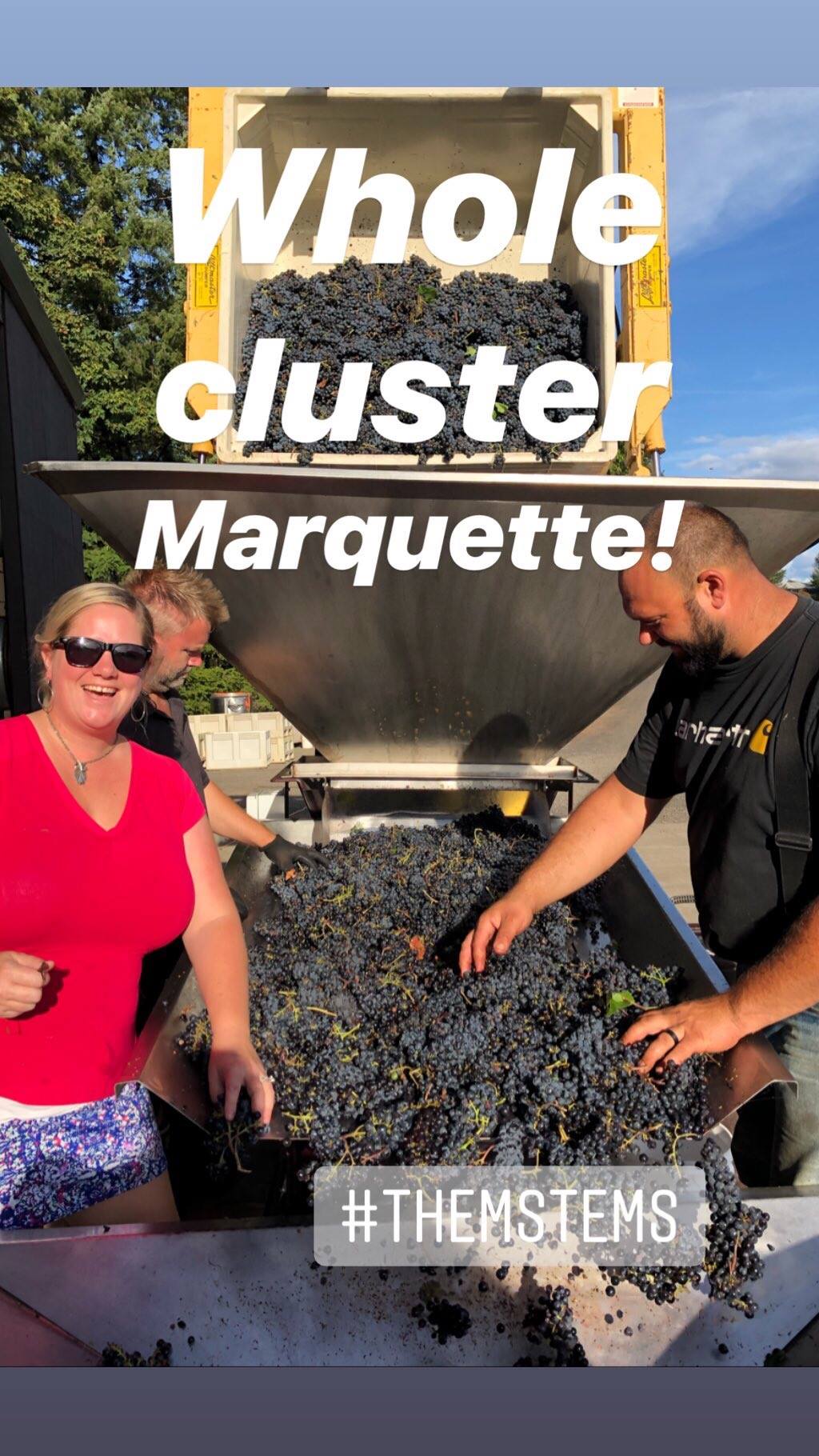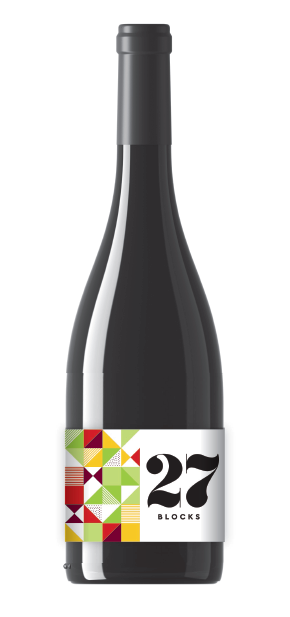June 10, 2023 |
Winemaking |
Kimberley Kramer
A Journey through 27 Blocks: Unveiling the Essence of a Singular Vintage
Welcome to Kramer Vineyards, where we invite you to embark on a captivating journey through the remarkable 27 Blocks wine. Crafted with care and expertise from our estate vineyard, 27 Blocks is a testament to the art of co-fermentation—a winemaking technique that harmoniously blends multiple grape varieties. Join us as we explore the intricacies of this single vineyard, vintage-dated wine, and discover the rich flavors and aromas that make each bottle a unique and unforgettable experience.
Unveiling the Tapestry of 27 Blocks:
At the heart of 27 Blocks lies a rich tapestry of flavors woven together by nine distinct grape varieties meticulously cultivated in our vineyard. From the elegant Pinot Noir to the vibrant Marquette, each grape contributes its own character, adding depth and complexity to the final blend. Through co-fermentation, these varieties come together perfectly, creating a wine that encapsulates the essence of our estate and the spirit of the vintage.
A Symphony of Flavors:
Indulge your senses as you savor the myriad of flavors that 27 Blocks has to offer. With each sip, you'll be greeted by a symphony of fruit, spice, and earthy undertones dancing across your palate in perfect harmony. Delicate notes of red berries mingle with hints of black currants, while subtle hints of clove and vanilla add layers of intrigue. The smooth tannins and balanced acidity create an approachable and captivating wine, inviting you to explore its nuances with every glass.
The Story of Vintage:
Every vintage of 27 Blocks tells a unique story—a tale of the growing season, the weather patterns, and the meticulous care bestowed upon the vineyard. As a single vineyard, vintage-dated wine, each bottle encapsulates the essence of a specific year, allowing you to experience the distinct characteristics and nuances that define that particular harvest. From the sun-kissed warmth of a ripe summer to the cool, crisp notes of late autumn, each vintage unveils its own chapter in the ongoing narrative of our winemaking journey.
A Wine for the Curious Palate:
Whether you're a seasoned wine enthusiast or a curious beginner, 27 Blocks offers a sensory adventure that delights and surprises. Its complex yet approachable nature makes it an ideal companion for various occasions. Pair it with a hearty meal to accentuate its flavors, or savor it as you unwind and contemplate the beauty of the vineyard that gave it life. You'll discover something new with each sip, allowing your palate to evolve alongside the wine.
As we conclude our journey through the exquisite 27 Blocks, we invite you to immerse yourself in the world of this singular vintage. From the artful co-fermentation to the harmonious blend of nine distinct grape varieties, every bottle tells a story meant to be savored and shared. Experience the essence of our estate vineyard in each glass, and let the flavors transport you to the sun-soaked hills and cool valleys where the grapes ripened. Discover the magic of 27 Blocks and allow its captivating charm to leave an indelible mark on your wine-loving heart.
Explore the diverse flavors of 27 Blocks and discover the essence of our estate vineyard.
The label is a patchwork quilt, representing the blocks of grapevines in our vineyard.

